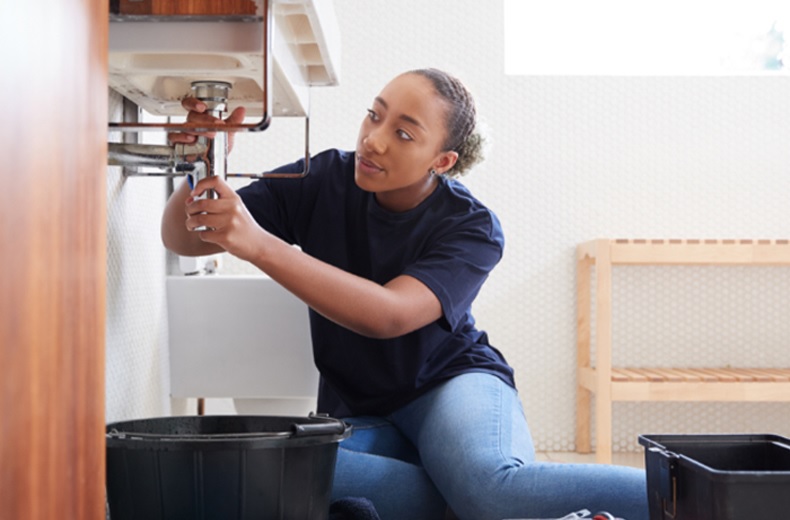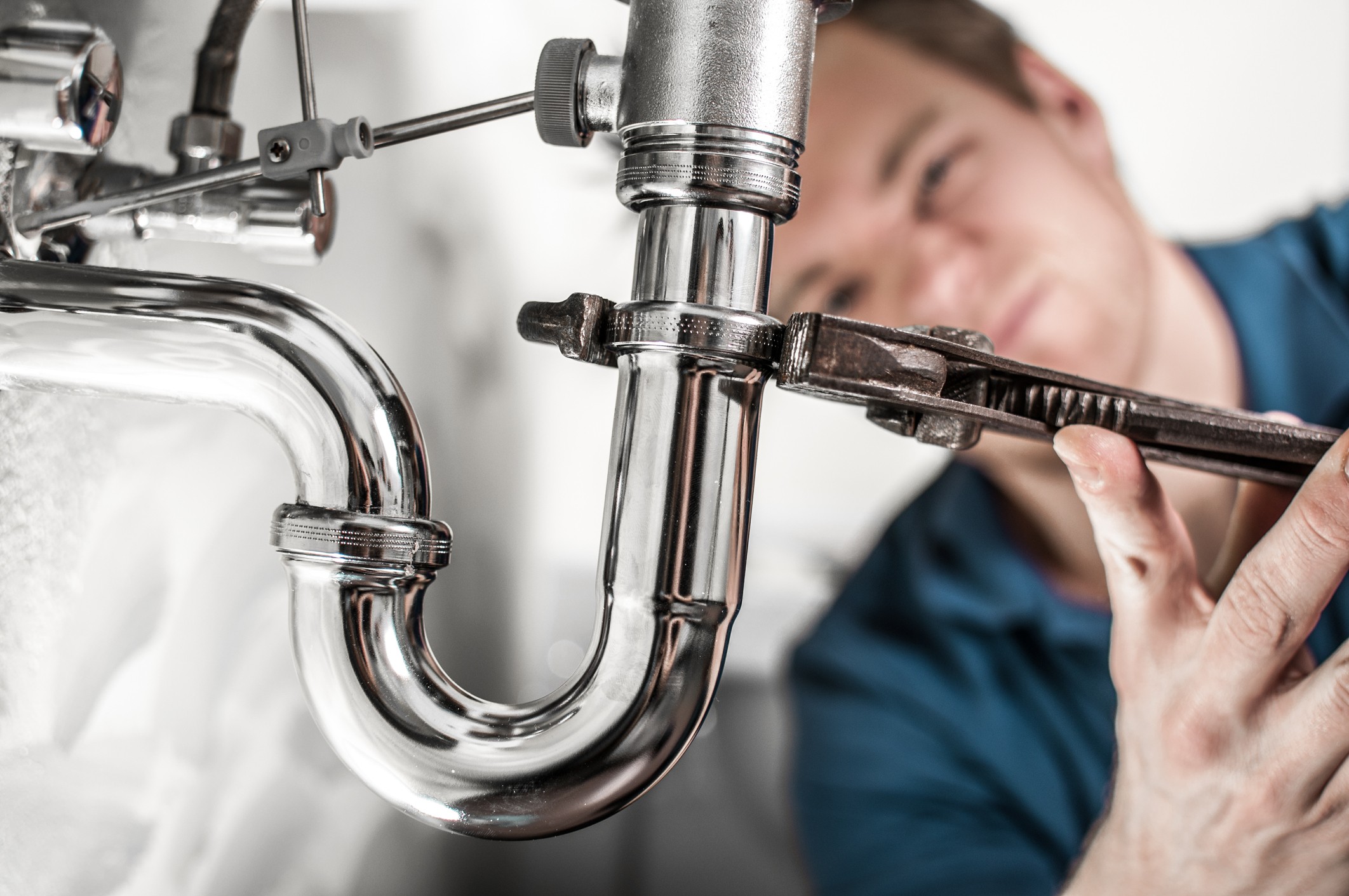Important Plumbing Alabaster AL Tips for Homeowners
Wiki Article
A Step-by-Step Overview to Effective Hot Water Heater Installation for Ideal Efficiency
Starting the job of mounting a hot water heater is a venture that demands accuracy and an organized method for accomplishing ideal efficiency. The procedure starts with the vital decision of choosing the proper heater customized to the certain demands of your household, thinking about elements such as energy, size, and kind resource. As soon as selected, preparing the installment area to satisfy safety standards is critical. The journey does not end right here. As you continue, the details of attaching water supply lines and establishing up reputable electric or gas connections await, promising understandings right into making sure effectiveness and integrity.Selecting the Right Hot Water Heater

Following, think about the size and capability of the hot water heater. It's vital to analyze your home's warm water needs, which can differ based upon the number of owners and their use patterns. An unit that's also small might cause inadequate warm water, while an extra-large version might cause unnecessary energy intake.
Effectiveness scores additionally play a pivotal role in choice. Seek hot water heater with high Power Variable (EF) rankings, suggesting superior performance and decreased energy use. Tankless designs, though commonly much more costly in advance, offer substantial power cost savings with time as a result of their on-demand heating abilities.
Preparing the Installation Location
Before installing a new hot water heater, careful preparation of the setup area is important. This makes sure a smooth installation process and assists avoid future complications (Plumber Alabaster AL). Begin by picking a proper place that adheres to regional building regulations and security standards. The area should be completely dry, well-ventilated, and obtainable for maintenance. It's critical to gauge the space thoroughly to suit the water heating unit's measurements, making sure adequate clearance around the system for reliable operation and servicing.Following, remove any debris, dust, or obstructions from the site to develop a clean atmosphere. Inspect the flooring for stability, as the hot water heater will certainly need a strong, level surface to run properly. If essential, install a drip frying pan under the system to capture potential leaks or spills, protecting against water damage to the surrounding location. In areas prone to seismic activity, consider setting up seismic straps to protect the heating unit firmly in location.
Furthermore, make sure that all needed tools and products get on hand before starting the installment. This includes things such as wrenches, screwdrivers, a level, and any kind of extra hardware required for installing and safeguarding the heating unit. A well-prepared setup location establishes the foundation for an effective hot water heater configuration, enhancing efficiency and safety and security.
Connecting Supply Of Water Lines
When connecting water system lines to your recently installed hot water heater, it is important to make certain that all links are leak-free and safe to maintain efficient procedure and prevent water damage. Begin by recognizing the cold and hot water lines. The chilly water inlet is commonly marked with a blue label or a "C", while the warm water electrical outlet is marked with a red tag or an "H".Use versatile water heating system ports to assist in a simpler installment procedure. These connectors can take in vibration and permit small movement, lowering the danger of leakages. Before affixing the ports, place a plumbing technician's tape around the threaded ends of the water heater's inlet and electrical outlet pipes - Plumbing Alabaster AL. This tape works as a sealant, protecting against leakages. Carefully link the versatile hoses to the respective inlet and electrical outlet, ensuring that they are not over-tightened but tight, which can damage the strings.
Once connections remain in area, slowly activate the major water system shutoff. Inspect each link for leakages by aesthetically checking and really feeling for wetness. Tighten links as required, and make certain the stress relief valve is correctly mounted, safeguarding versus excessive stress build-up.
Establishing Electrical or Gas Links
Appropriately establishing up weblink the electrical or gas connections for your water heating unit is an important action to make certain secure and reliable procedure. For electrical water heaters, start by validating that the electric circuit is compatible with the heating unit's voltage and amperage demands.For gas water heating systems, safety is extremely important. Connect the gas line to the water heating system making use of a flexible gas port, guaranteeing it is properly threaded and sealed with pipe joint substance or Teflon tape appropriate for gas connections.
As soon as links are made, check for any possible leaks. For gas lines, use a soapy water solution to the joints; bubbles show a leak. For electric connections, verify that all circuitry is secure and properly shielded, preserving compliance with regional electric codes.
Readjusting and evaluating for Effectiveness
With the electric and gas connections firmly in area, the following step is evaluating the operational efficiency of your hot water heater. Begin by very carefully transforming on the water system and ensuring there are no leakages at any of the valves or joints. Once confirmed, proceed to load the container, paying interest to the stress and temperature level setups. It is recommended to set the thermostat to a suggested temperature level of around 120 ° F(49 ° C) to stabilize power performance and comfort.Following, execute a thorough evaluation to ensure the burner or burner are functioning appropriately. For electrical heaters, use a multimeter to validate if the elements are attracting the ideal present. In gas designs, observe the burner flame; it needs to be consistent and blue, indicating effective combustion.
Adjust the settings as necessary to remove ineffectiveness. Take into consideration executing insulation procedures, such as including a water heating unit covering, to additionally boost performance by minimizing heat loss. Additionally, examine the anode pole's condition, as a shabby pole can decrease efficiency and lead to tank corrosion.
Conclusion
Effective water heater setup is essential for making sure optimal efficiency and read more energy cost savings. By choosing the ideal type and size, and thoroughly preparing the installment location, a structure for success is established. Safely attaching water supply lines and carefully establishing electric or gas links decrease potential problems. Complete testing for leakages read what he said and specific thermostat adjustments to 120 ° F improve integrity and performance. Complying with these actions advertises lasting functionality and power conservation in property water home heating systems.
Correctly setting up the electrical or gas connections for your water heating system is an essential action to guarantee efficient and safe operation. For electrical water heating units, start by confirming that the electrical circuit is compatible with the heating unit's voltage and amperage requirements. Link the gas line to the water heating system making use of a flexible gas port, guaranteeing it is correctly threaded and sealed with pipeline joint compound or Teflon tape suitable for gas links.
Report this wiki page